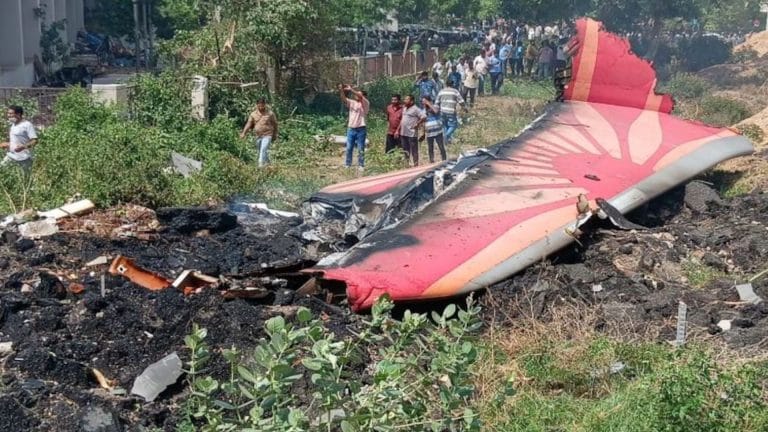Misinformation Crisis Compounds Tragedy of Air India Flight AI 171 Crash
The devastating crash of Air India flight AI 171 in Ahmedabad, claiming the lives of all 261 souls on board, has left the nation reeling in shock and grief. As investigators work tirelessly to unravel the complex factors that led to this catastrophic event, a parallel crisis has emerged: a deluge of misinformation, fueled by speculative theories and AI-generated fake reports, is flooding the information landscape. This surge of fabricated content is exacerbating the anguish of grieving families and hindering the dissemination of accurate information crucial for understanding the tragedy and preventing future incidents.
The absence of regular, comprehensive official updates has created an information vacuum, leaving the public vulnerable to manipulation and confusion. In the days following the crash, numerous fabricated reports, purportedly authored by aviation experts and investigative bodies, began circulating widely on social media and messaging platforms. These reports, often convincingly formatted and laden with technical jargon, presented a variety of unsubstantiated theories regarding the cause of the crash, ranging from mechanical failure to pilot error, further muddying the waters and adding to the distress of those seeking credible information.
Aviation professionals and misinformation experts have voiced grave concerns about the proliferation of these fake reports, particularly those generated by advanced AI tools. These AI-generated documents, experts warn, are becoming increasingly sophisticated and difficult to distinguish from genuine reports. The lack of public awareness regarding these advancements in AI technology makes it challenging for individuals to discern credible information from fabricated content, leaving them susceptible to misinformation campaigns. Peter Hörnfeldt, a commercial pilot and aviation educator, emphasized the danger posed by this phenomenon, stating that “people are wildly speculating without any kind of basis about the causes – maybe with good intentions – but there are also these AI-generated interim reports that are making the rounds.” This sentiment has been echoed by multiple aviation experts who underscore the potential for such misinformation to not only mislead the public but also to obstruct the ongoing investigation.
The Ministry of Civil Aviation (MoCA)’s limited communication strategy has unintentionally exacerbated the problem. The single press briefing held since the crash has done little to quell public anxiety or counter the rampant spread of misinformation. This lack of timely, transparent communication has inadvertently fueled the proliferation of unsubstantiated theories and AI-generated fabrications. Critics argue that a more proactive approach to public communication, including regular updates on the investigation’s progress and clear refutations of circulating misinformation, is crucial to restoring public trust and preventing further speculation.
The Aircraft Accident Investigation Bureau (AAIB)’s preliminary report, released weeks after the crash, offered the first official glimpse into the sequence of events leading to the tragedy. According to the report, a catastrophic engine shutdown mere seconds after liftoff was the primary cause of the crash. The report details how both engine fuel control switches abruptly transitioned from the ‘RUN’ to the ‘CUTOFF’ position, effectively starving the engines of fuel and resulting in an immediate loss of thrust. This critical failure, occurring at such a low altitude, left the pilots with virtually no time to react and avert disaster. While the report provides some crucial insights, it also highlights the ongoing complexity of the investigation.
The source of the engine fuel control switch malfunction remains a key focus of the ongoing investigation. Fuel samples collected from the aircraft’s tanks and the bowsers used for refueling were tested and found to be satisfactory, suggesting that contaminated fuel was not a contributing factor. However, investigators were only able to recover a limited amount of fuel from the aircraft’s APU filter and left-wing refuel/jettison valve. These small samples are being sent to specialized labs capable of analyzing minuscule quantities for further examination. The analysis of these samples and the in-depth examination of the aircraft’s systems will be crucial in determining the precise cause of the fuel control switch malfunction and understanding the factors that contributed to this horrific accident. The AAIB’s final report, expected in due course, will aim to provide a comprehensive analysis of the events leading to the crash, including the role played by the engine failure and any other contributing factors. Until then, it is imperative that the public rely on official sources for information and resist the temptation to share or engage with unverified reports and speculative theories. The dissemination of accurate information is essential not only for honoring the memory of the victims but also for learning from this tragedy and preventing future incidents.


